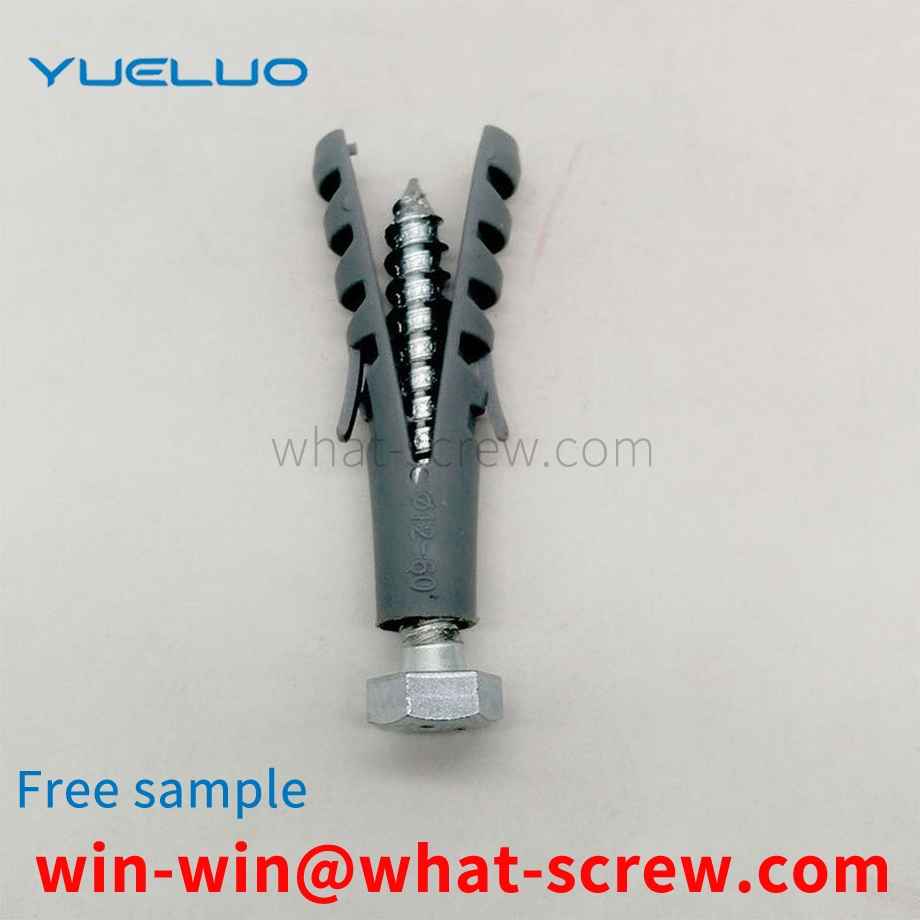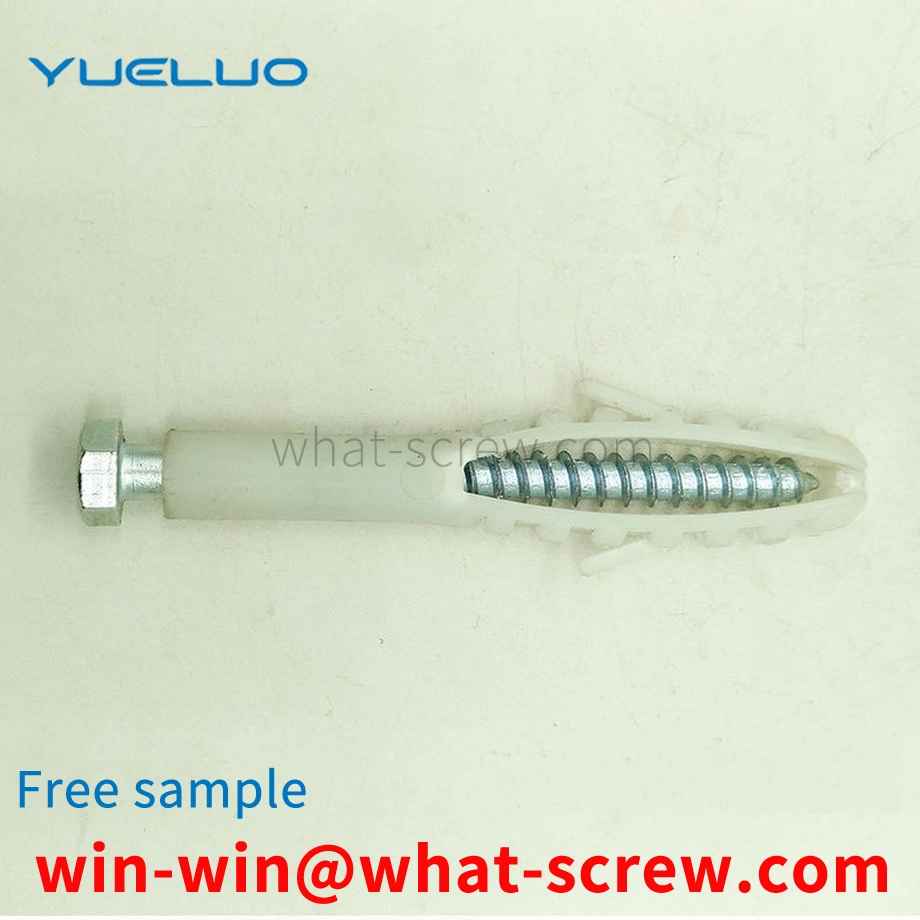The produced screws, due to unreasonable production aspects, are likely to cause quality problems in the screws. During production, many screw quality problems may be found upon delivery. Let's talk about the quality problems often encountered by screws and the reasons for the quality problems, and finally put forward some solutions. 1. The head of the screw is deformed and the head is crooked. The possible reasons are the poor installation of the first punch of the screw die and the improper adjustment of the machine. 2. The head of the screw is not round. The reason is that the selection of the first punch of the screw mold is improper or the first punch is not full enough. 3. The screw has burrs or burrs. The reason is the poor forming of one punch, mainly caused by too large gap between punch and die hole or too short punch. 4. The screw head is cracked and the screw head is cracked. The reason may be that there is a problem with the quality of the screw wire itself, so before the screw wire is headed, the quality department must check it and use the potion. Especially the stainless steel screw wire, it is necessary to check that it is stainless steel 201 and that is stainless steel 304. It is also possible that a die is used incorrectly (such as a die with a hexagonal washer head for a pan head), and the viscosity of the lubricating oil fails. For the problem of the screw head, you can read the article written by Manager Zhu above - high-strength screw fracture or head crack detection. In this article, some problems encountered by the screw head and how to detect the screw head problem are clearly introduced [4]. The common quality reasons for screws are of course more than the above, this is only part of it. There are other quality issues, then Manager Zhu will talk about it. The above screw quality reasons are for reference. If you encounter these problems, you can try the solutions proposed.
The diameter, length and quantity of the stud bolts shall meet the requirements, and the type and material of the stud bolts shall be determined by the grade. There are two types of commonly used stud bolts (also known as full-threaded studs). The thread is divided into two types: coarse thread and fine thread. The coarse thread ordinary thread is expressed by M and the nominal diameter, and the fine thread ordinary thread is expressed by M and the nominal diameter × pitch. The fastener standard stipulates that M36 bolts use coarse thread, M36 and above diameters can use fine thread, and the pitch is 3. bm=1d studs are generally used for the connection between two steel connected parts; bm=1.25d and bm=1.5d studs are generally used between cast iron connected parts and steel connected parts The connection between the two; bm=2d double-ended stud is generally used for the connection between the aluminum alloy to be connected and the steel to be connected. The former connector has internal threaded holes, and the latter connector has through holes. The threads at both ends of the equal-length studs need to be matched with nuts and washers, and are used for two connected parts with through holes. One end of the welding stud is welded on the surface of the connected piece, and the other end (threaded end) passes through the connected piece with a through hole, and then the washer is put on, and the nut is screwed on, so that the two connected pieces are connected as a whole.
An anti-falling nut, comprising a lock buckle 1, a lock plate 2, a nut body 3, a lock ring 4 and a lock claw 5, the lock ring 4 and the nut body 3 are used together, the lock ring 4 is a circular ring, and the lock ring 4 is a ring. The inner diameter of the ring 4 is larger than the inner diameter of the circumscribed circle of the nut body 3, the outer diameter of the lock ring 4 is smaller than the inner diameter of the lock 1, the lock plate 2 is an arc-shaped metal plate, and the number of the lock plates 2 is greater than or equal to three. One end of the short side is connected to the nut body 3, the other end of the lock plate 2 is connected to the lock pawl 5, the lock plate 2 is inclined to the outside of the nut body 3, and the lock buckle 1 is provided at the connection end of the lock pawl 5 and the lock plate 2. The outer side of the lock buckle 1 is a concave arc.
Rivets refer to the parts that use their own deformation or interference to connect the riveted parts in riveting. As a common fixed connector, rivets are fixed by special pull rivets, which are easy to operate and have a wide range of applications.
Currently, the method of fixing objects on cement is with cement nails or expansion screws. Cement nails are objects made of hard alloy steel that look like iron nails, which are composed of nail tips and nail bodies. Cement nails are hammered into the cement. Cement nails are easy to drive in, but not removable. The expansion screw is composed of a large end screw, a slotted sleeve, a gasket, a spring washer, and a nut. When using, first drill a hole in the cement with an electric hammer, put in the expansion screw, and tighten the nut to make the slotted sleeve expand at the tail of the big tail screw, so as to fix the expansion screw on the cement. At this time, unscrew the nut to install a fixed object on the expansion screw. Although this method can be disassembled, an electric hammer is required for the first installation, which is inconvenient.
We have many years of experience in the production and sales of screws, nuts, flat washers, etc. The main products are: nail-type expansion bolts, wave-type elastic gaskets, computer copper columns, European standard aluminum profile T-nuts and other products, we can provide you with The right fastener solution for you.



















 Service Hotline
Service Hotline




